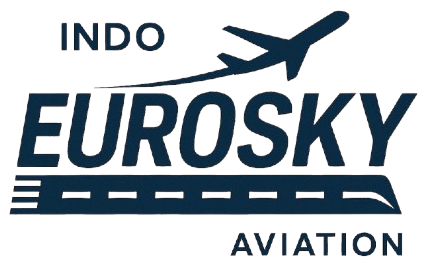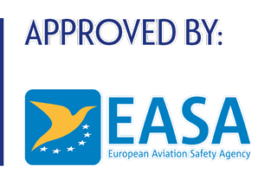Become an Engineer
How to become EASA certifying Engineer
Becoming an EASA-certified aircraft maintenance engineer involves multiple stages, including academic training, licensing exams, practical experience, and eventually, type training and on-the-job training (OJT or SOJT) for specific aircraft types. The journey begins by enrolling in an EASA Part-147 approved training organization, where you undertake approved Basic Training for the desired license category (e.g., Category B1 for mechanical systems or B2 for avionics). You must then pass all Part-66 module exams, which cover topics like aerodynamics, electrical systems, propulsion, and aviation legislation. After passing the exams, you need to gain practical experience—between 2 to 5 years, depending on your prior qualifications and whether you attended an approved school.
Once you have your Part-66 license, the next step is Type Training, which is mandatory if you want to certify a specific aircraft (e.g., Airbus A320, Boeing 737). Type Training consists of two parts: Theoretical training (covering aircraft systems, operation, maintenance procedures) and Practical training, where you physically work on the aircraft. This training must be conducted by an EASA Part-147 organization authorized for type training, and it ends with an assessment. Successfully completing both parts makes you eligible for the type rating to be added to your Part-66 license.
After completing type training, you must undergo Structured On-the-Job Training (SOJT or OJT), usually for B1/B2 license holders. This is performed under supervision in a real maintenance environment (e.g., an airline or MRO) and includes performing a range of tasks listed in the OJT logbook specific to the aircraft type. The tasks must be certified by a licensed supervisor. Once your OJT is reviewed and approved by the competent authority, the type rating is officially endorsed on your license. Only after this are you legally allowed to issue Certificates of Release to Service (CRS) for that aircraft type. This completes your qualification as a fully licensed EASA engineer with type approval, enabling you to work across EASA-regulated aviation environments.

